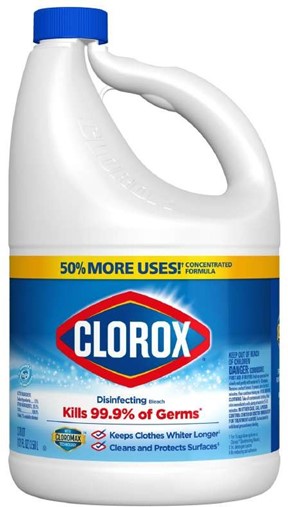A nurse is caring for a client who has dementia and is at risk for falls. Which of the following preventive measures should the nurse take?
Place the client’s bed in the low position.
Encourage the client to wear socks when ambulating.
Position the client’s bedside table at the foot of the bed.
Raise four side rails on the client’s bed.
The Correct Answer is A
This is because lowering the bed reduces the risk of injury if the client falls out of the bed. It also makes it easier for the client to get in and out of the bed safely.
Choice B is wrong because wearing socks when ambulating can increase the risk of slipping and falling. The client should wear shoes or slippers with non-skid soles.
Choice C is wrong because positioning the client’s bedside table at the foot of the bed can create an obstacle for the client to walk around. The bedside table should be placed near the head of the bed and within reach of the client.
Choice D is wrong because raising four side rails on the client’s bed can be considered a form of restraint and can increase the risk of injury if the client tries to climb over them. The use of restraints should be avoided for clients with dementia, as they can cause agitation, confusion, and distress. Instead, other measures such as bed alarms, motion sensors, or frequent monitoring should be used to prevent falls.
Nursing Test Bank
Naxlex Comprehensive Predictor Exams
Related Questions
Correct Answer is D
Explanation
Bleach.

According to the CDC, bleach is an effective disinfectant for environmental surfaces contaminated with blood or body fluids from a person with AIDS or other bloodborne pathogens. Bleach can kill HIV and hepatitis viruses when used in a 1:10 dilution with water.
Choice A is wrong because isopropyl alcohol is not recommended for disinfecting environmental surfaces. It can evaporate quickly and may not have enough contact time to kill the pathogens.
Choice B is wrong because chlorhexidine is an antiseptic, not a disinfectant. It is used for skin cleansing or wound irrigation, but it is not effective against spores or non-enveloped viruses.
Choice C is wrong because hydrogen peroxide is a low-level disinfectant that can be inactivated by organic matter.
It is not suitable for disinfecting surfaces contaminated with blood or body fluids.
Correct Answer is D
Explanation
The nurse should instruct the client to avoid bananas because they are one of the foods that can cause a cross-reaction with latex allergy. This means that people who are allergic to latex may also have an allergic reaction to bananas because they contain similar proteins.
Choice A is wrong because wheat is not a latex cross-reactive food.
Choice B is wrong because strawberries are a low or undetermined cross- reactive food.
Choice C is wrong because peanuts are a low or undetermined cross-reactive food.
Some other foods that the nurse should instruct the client to avoid are avocado, kiwi, chestnut, papaya, and potato. These foods have a high or moderate association with latex cross-reactions. The client should also be careful with other fruits and vegetables that may contain similar proteins to latex.
Whether you are a student looking to ace your exams or a practicing nurse seeking to enhance your expertise , our nursing education contents will empower you with the confidence and competence to make a difference in the lives of patients and become a respected leader in the healthcare field.
Visit Naxlex, invest in your future and unlock endless possibilities with our unparalleled nursing education contents today
Report Wrong Answer on the Current Question
Do you disagree with the answer? If yes, what is your expected answer? Explain.
Kindly be descriptive with the issue you are facing.
